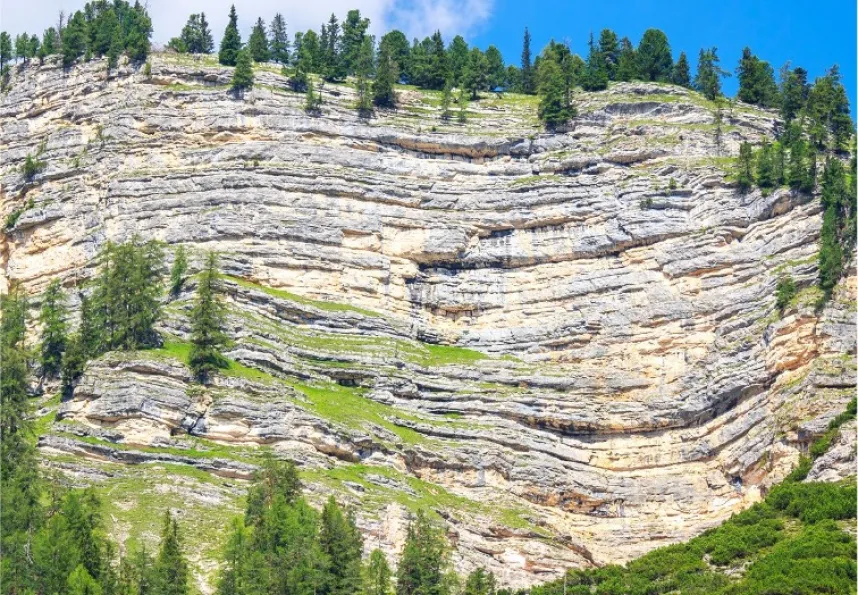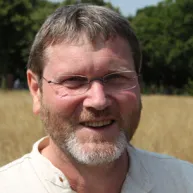Geochemistry –– Geosciences
Research projects revolve around a group of high-technology metals such as the rare earth elements, niobium, germanium, gallium and scandium, that are integral to modern enabling technologies such as telecommunications, renewable energy, fuel cells, electromobility, and medical diagnostics. Due to significant supply risks in Germany, the European Union, and abroad they are considered “Critical Raw Materials” worldwide.
However, supply of these elements will not keep up with future demand, given the characteristics of the major deposits and the geopolitical situation in the countries where they are located. Moreover, the rising use of these metals means that they are increasingly released into the environment, exposing plants, animals and humans to these once-exotic metals. In spite of their manifold new applications and their recognition as (micro)contaminants in soil, dust, water (including drinking water), and in the food chain, only little is known about their distribution and behavior in the environment and about their (eco)toxicity.
- In 2019-2022, the CritMET group included four Post-Docs and six doctoral candidates, all of whom were externally funded by third-party research grants. The group also has a part-time laboratory technician.
- The group hosted a visiting professor, as well as a visiting PhD student.
- The group received about €400.000 annually from a variety of sources:
- The European Union for two projects on environmental geochemistry and one project on geothermal resources);
- The Research Council of Norway for one project on environmental geochemistry;
- Deutsche Forschungsgemeinschaft for two projects on environmental and resource geochemistry and on Early Earth studies; and
- Bundesanstalt für Geowissenschaften und Rohstoffe for four projects on critical metals and their resources and recycling.
- D Kraemer, M Bau, 2022. Siderophores and the formation of cerium anomalies in anoxic environments. Geochemical Perspectives Letters 22, 50–55.
- M Bau, R Frei, D Garbe-Schönberg, S Viehmann, 2022. High-resolution Ge-Si-Fe, Cr isotope and Th-U data for the Neoarchean Temagami BIF, Canada, suggest primary origin of BIF bands and oxidative terrestrial weathering 2.7 Ga ago. Earth and Planetary Science Letters 589, 117579
- A Mundl-Petermeier, S Viehmann, J Tusch, M Bau, F Kurzweil, C Münker, 2022. Earth’s geodynamic evolution constrained by 182W in Archean seawater. Nature Communications 13 (1), 1–8
- AL Zocher, F Klimpel, D Kraemer, M Bau, 2022. Naturally grown duckweeds as quasihyperaccumulators of rare earth elements and yttrium in aquatic systems and the biounavailability of gadolinium-based MRI contrast agents. Science of The Total Environment, 155909
- DM Ernst, K Schier, D Garbe-Schönberg, M Bau, 2022. Fractionation of germanium and silicon during scavenging from seawater by marine Fe (oxy) hydroxides: Evidence from hydrogenetic ferromanganese crusts and nodules. Chemical Geology 595, 120791

